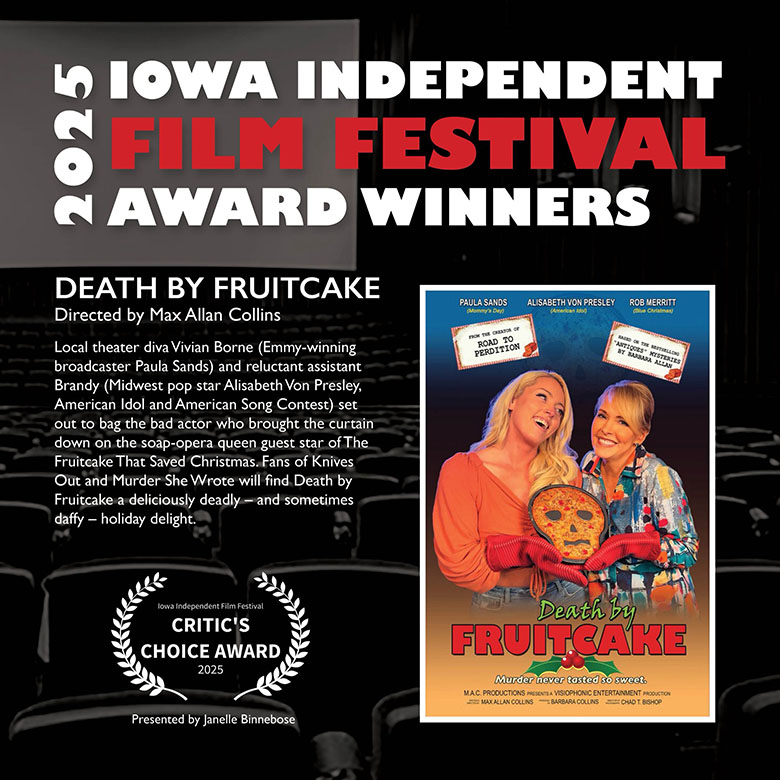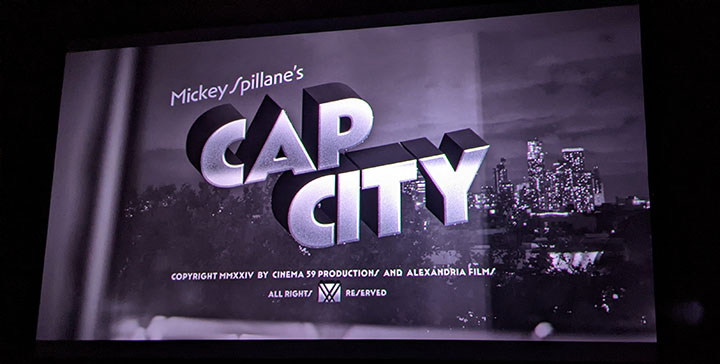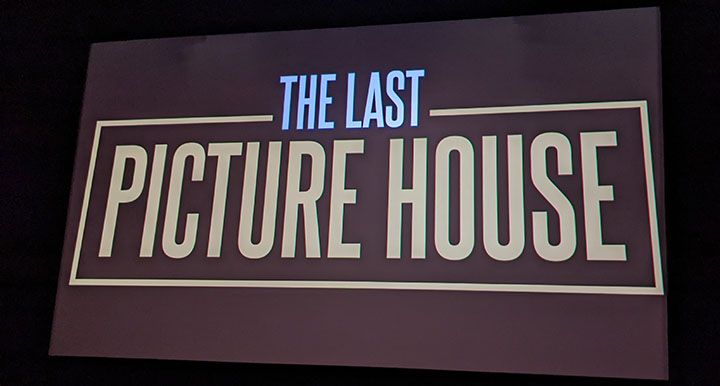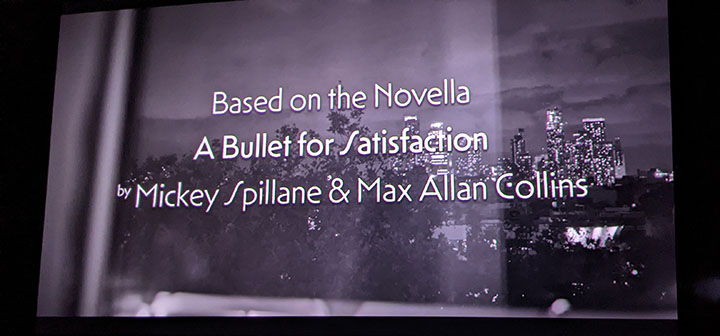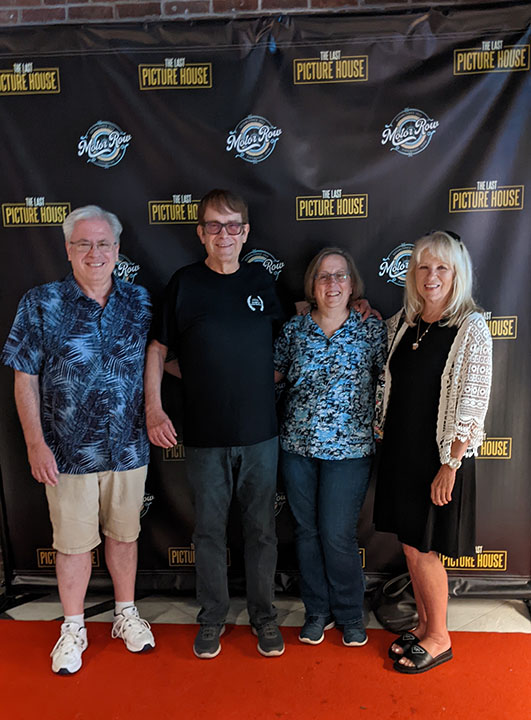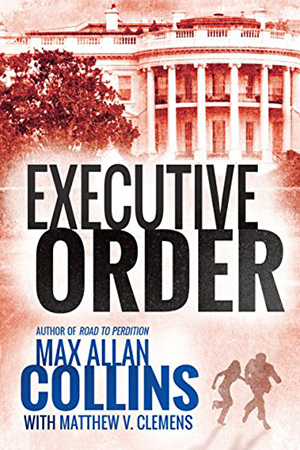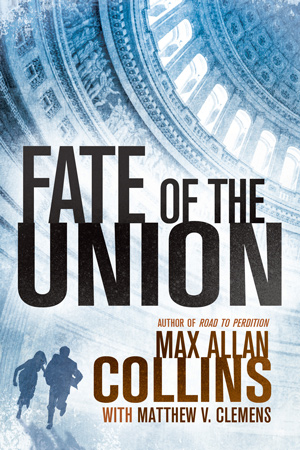J. Kingston Pierce of The Rap Sheet – one of the best (if not the best) crime fiction web sites around – has long been a supporter of my work and this update/blog.
He wrote me recently: “I have suffered through spotty access to your blog for months. I generally use the Mozilla Web browser, but more often than not that has told me, ‘the page isn’t redirecting properly’ when I tried to pull up your web site….So decided to download the Microsoft Edge browser recently, and voila! Suddenly I have access again to your blog and the rest of your web site. That’s how I learned–finally–that you were rethinking which Nate Heller novel to write next, about which I wrote in my latest Rap Sheet “Bullet Points” post.
I am thrilled to have Jeff Pierce back in the fold, and he has since written a terrific piece in his other blog, Killer Covers, about the Paul Mann painting adorning the forthcoming Quarry’s Reunion and the character’s upcoming 50th reunion.
Barb and I usually watch a movie in the evening, and sometimes I follow up with another, after she heads to the Land of Nod.
In my need for something more bite-size (when another movie seems too much), I have become something of a You Tube addict, and – minorly to say the least – a You Tube celebrity (?!). I appear every Sunday on Robert Meyer Burnett’s Let Get Physical Media, which airs at one p.m. Central Time, with me showing up around 2 p.m. for my True Noir segment, in which I discuss film noir and other crime/mystery films that have appeared recently on physical media. My segment is usually around an hour. (See below for a link to a recent episode.)
Today I want to share some samples of wonderful things I’ve found and watched on You Tube, starting with Paul F. Tompkins presenting the Amazon 1-Star Review Theater, which I think any fiction fan will find hilarious.
From near the end of his life, my favorite performer is seen in this clip doing one of his best hits. Like “Mack the Knife,” this one – “Artificial Flowers” – is all about Bobby Darin thumbing his nose at the early death he knew he was facing.
This is a prime example of 1950s Dragnet, though it’s not the first episode, as it’s labeled. It demonstrates what a terrific director Jack Webb was, how quietly well-acted an episode could be, and how innovative the writing (I believe this was from a James E. Moser radio script). What characterizes Webb’s direction is a combination of verbal understatement and visual shouting. That’s a function of the need to fill small early ‘50s TV screens with something big and eye-catching.
Webb had actually been something of a comedian on some of his radio shows (hard to believe, I know) and his sense of humor (sometimes fine, sometimes cringe-worthy) began to creep into later episodes. When the humor worked, it was usually with the unusual and sometimes overtly comic witnesses Joe Friday and his partner would interview; when it didn’t work, it was usually in other witness interviews, the idea being that Friday and Smith would be low-key and the funny witnesses over the top.
But Webb transformed cop shows on early TV much as I, Love Lucy transformed sitcoms. He truly is an unsung genius. If you only know Webb’s late ‘60s and early ‘70s color Dragnet, you don’t know what he – and his famous program – was capable of.
Here’s a link to the most recent episode of Let’s Get Physical Media, where in my True Noir segment I discuss, among other things, the great under-remembered crime writer, W.R. Burnett.
I also have done several segments with my buddy Heath Holland on his Cereal at Midnight channel, where we talk about our favorite films in various genres. Here’s one of them, as we chose our ten favorite Westerns (five each).
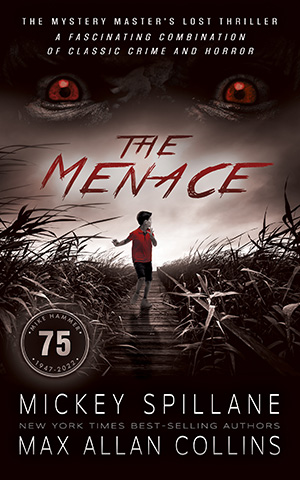
Finally, as Halloween approaches, I thought I might take the liberty of recommending a horror novel of my own…well, and of Mickey Spillane’s. This one has flown under most readers’ radar, and I’m proud of my contribution to Mickey’s only strictly horror-oriented novel. Get it here. It’s considerably cheaper than at Amazon.
M.A.C.
